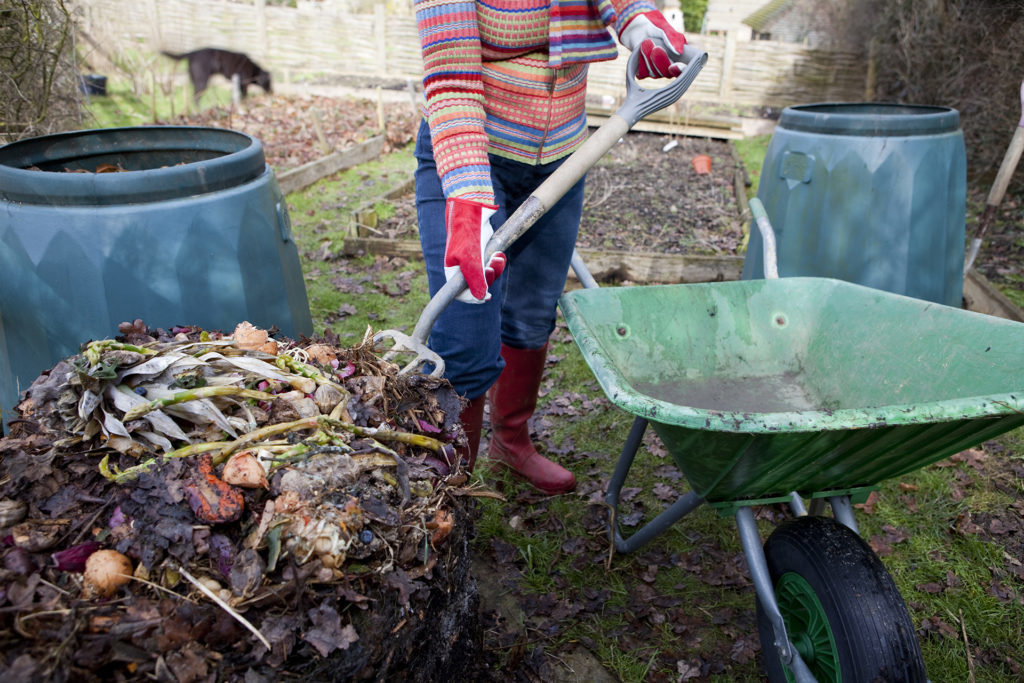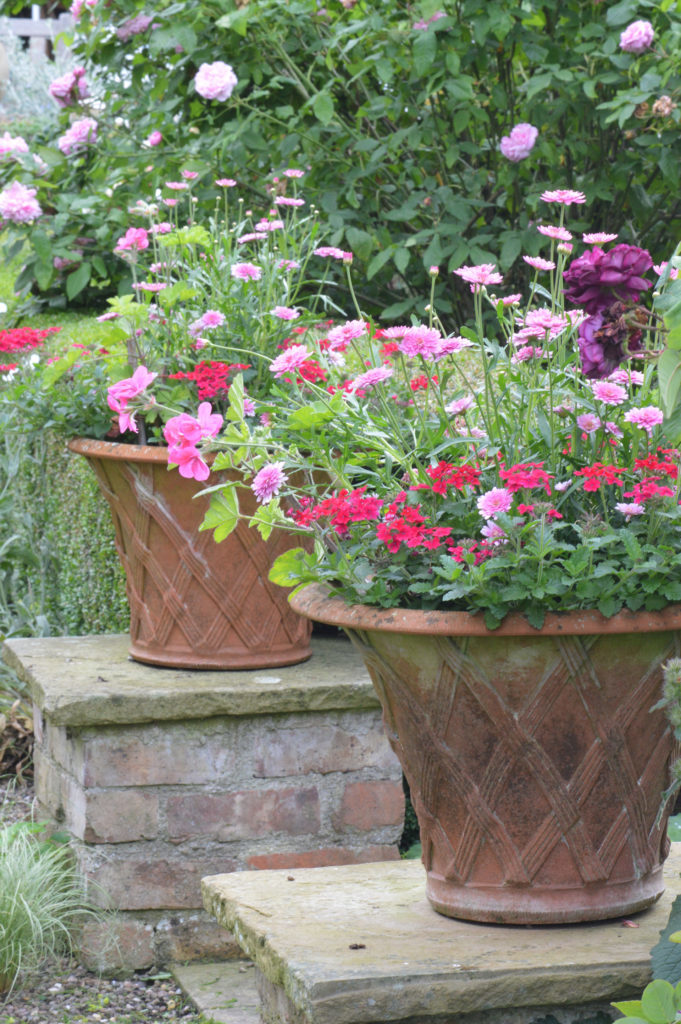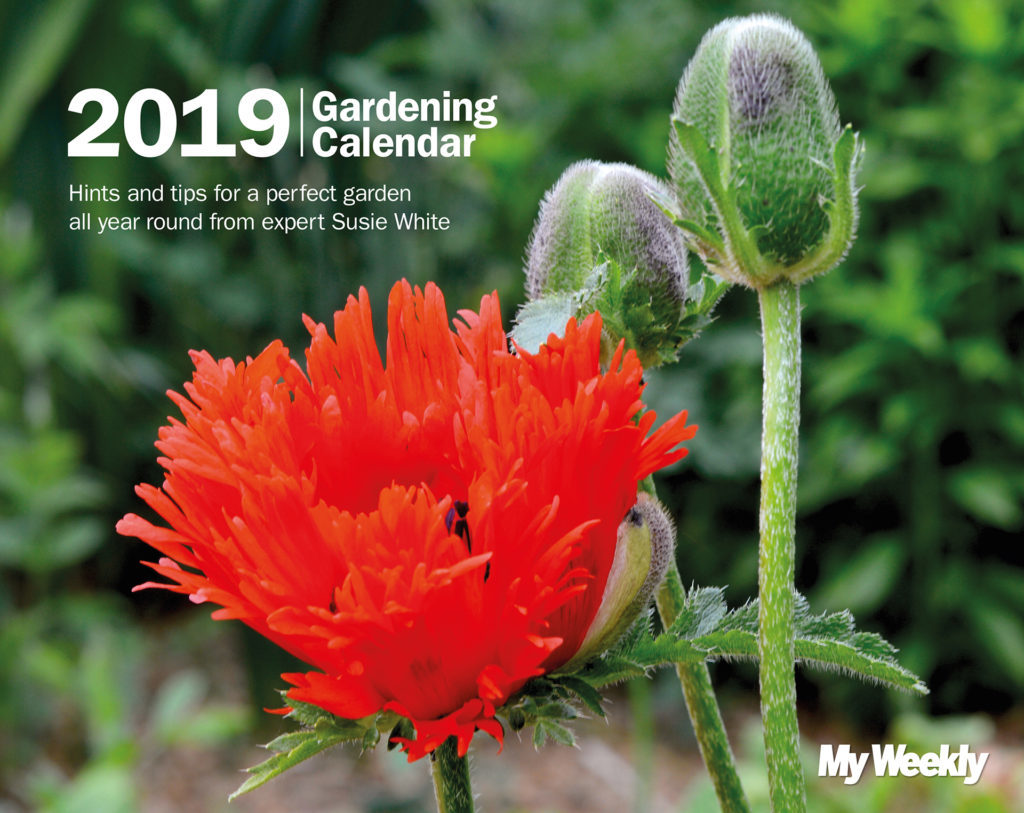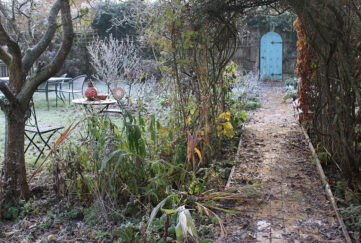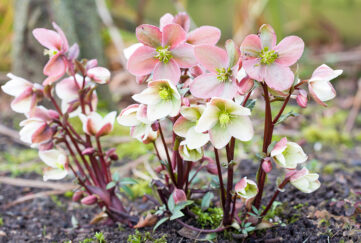Make Your Own Quality Compost
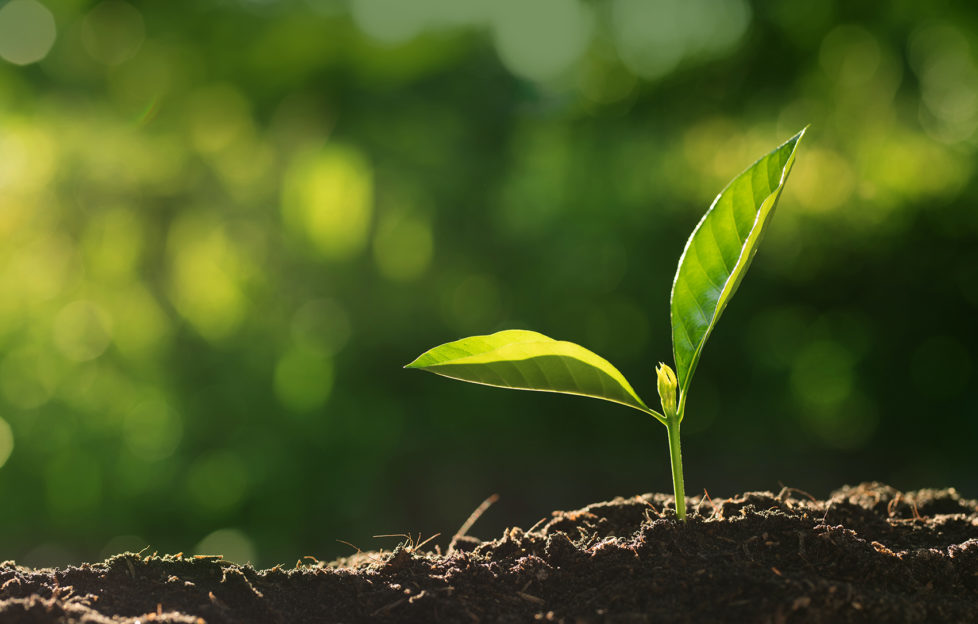
Compost is a collection of organic waste made up of food and plants that decomposes over several months before finally turning into ‘humus’ – an extremely nutrient-rich soil.
In addition to helping to eliminate landfill waste, this soil can also be used as an organic fertiliser for your garden.
A spokesperson for GardenBuildingsDirect.co.uk said: “Composting is a great option for families who find that they have more food waste than they know what to do with – plus it’s great for the environment and is one of the most powerful nutrients you can feed your garden with.
“It’s actually possible to do it both indoors and outdoors but opting to compost indoors is a little trickier and will require a little more maintenance.
“Although it’s easy to start a compost heap at any point throughout the year, late summer to early winter is the peak time for composting.
“Generally speaking, you only really need three things to start – water, browns and greens.
“Browns refers to tree matter which includes things like dead leaves and twigs, and greens covers grass clippings, food waste and coffee grounds – but you shouldn’t ever put any meat, dairy or bread in your compost as they’ll rot and attract pests.
“It’s also worth noting that finished compost should only be used as an additive in your garden, and not as the sole soil source.”
Never put any meat, dairy or bread in your compost as they’ll rot and attract pests.
1 Container
Select a container for your compost and place it in a grassy, relatively shady part of your garden. You should make sure that the container doesn’t have a bottom – the compost heap should be directly touching the ground– and that it’s the right size for you and your family. You want to make sure it fits everything you need to dispose of, but it shouldn’t be too big either.
2 Base
Pile a few inches of branches and twigs at the bottom to help aerate the pile.
3 Balance
To have the most success composting, you want an equal balance of nitrogen, carbon, water and air. Nitrogen will be found in the green materials you use, and carbons in the brown matter.
4 Prep
Chop or break up any big chunks of matter before putting them in the container.
5 Include
Some of the best ingredients for a successful compost heap include: dried leaves; grass clippings; manure; fruit; vegetables; peelings; coffee grounds; tea leaves; old wine; used pet bedding (from omnivores only – rabbits and hamsters etc.); dry cat or dog food; dust from sweeping and vacuuming; old herbs and spices; shredded newspaper; receipts; hair (human and pet); toothpicks; and wine corks.
6 Avoid
Avoid meat, dairy and bread with which rot and attract pests, as well as any high processed foods as they take longer to break down.
7 Bury
If you are going to be adding new scraps quite regularly, it’s a good idea to bury them under the pile that’s already starting to break down instead of just throwing them on top.
8 Aerate
Around once a week, you should use a spade or shovel to mix the materials around and aerate the pile slightly.
9 Water
When you notice the pile is getting a little too dry, you should use water to moisten it slightly. If it’s a particularly hot day you should consider covering your pile so that it retains its moisture.
10 Ready to use
Your compost should be ready to use after a few months. You will know when it turns a dark brown colour, develops an earthy smell and is warm to the touch, which is a result of all the microbes living inside.
Don’t miss our fabulous 2019 Gardening Calendar. This great month-by-month guide is packed with Susie’s expert advice to make your garden look as spectacular as possible! Only £7.99, you can also call FREE on 0800 318 846 to order.

